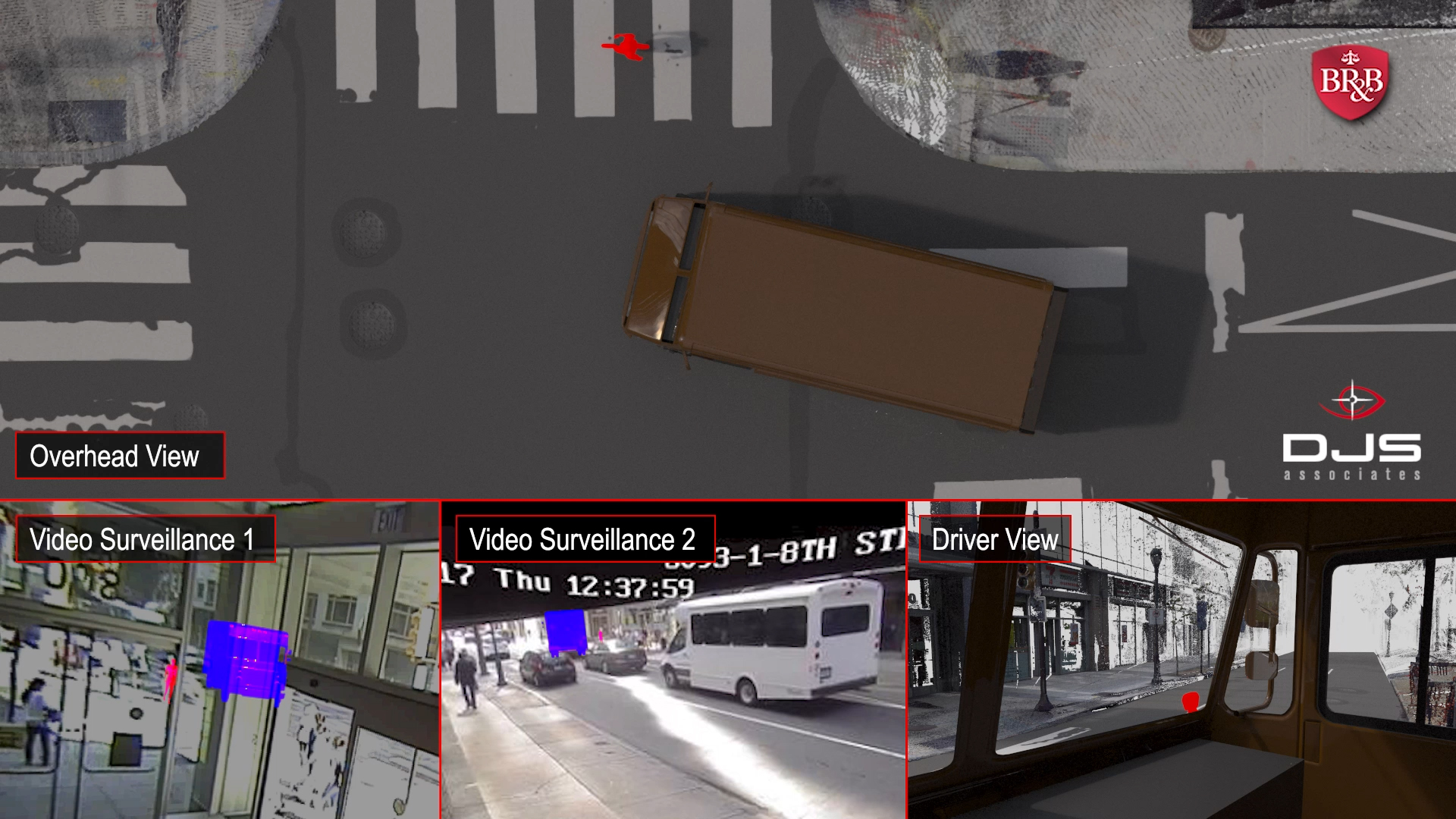Animations & Exhibits
- Prepared with court-accepted accuracy for all stages of a case’s lifecycle, including client meetings, mediations, arbitrations, and trial.
- Created by engineers and certified video specialists, experienced in photo and videogrammetry, object tracking, video-synchronization, and more.
- Animations for cases involving collisions, mechanical failures, medical procedures, and other incidents.
The engineering animations and forensic video specialists of DJS Associates, Inc. utilize state-of-the-art technology to create precise, court-accepted animations, simulations, and demonstrative exhibits for various stages in a case’s lifecycle, including mediations, arbitrations, depositions, and trial.

Prior to utilizing digital photographs or video recordings to conduct further analysis, evidence should be reviewed by qualified investigators for authenticity. The digital forensic experts of DJS Associates, Inc. examine Digital Media Evidence (DME) to identify potential tampering and ensure the composition falls within established standards.

Forensic video analysis is the scientific examination, comparison, and/or evaluation of video for legal matters and/or claims investigations. Relying on the integrity and authenticity of digital video, the analysis may consist of tamper detection, image clarification, and reverse projection photogrammetry.
Utilizing forensic video analysis as a foundation, the experts of DJS Associates, Inc. produce reconstructions and interactive, multimedia rich demonstratives to better understand and illustrate an incident.





